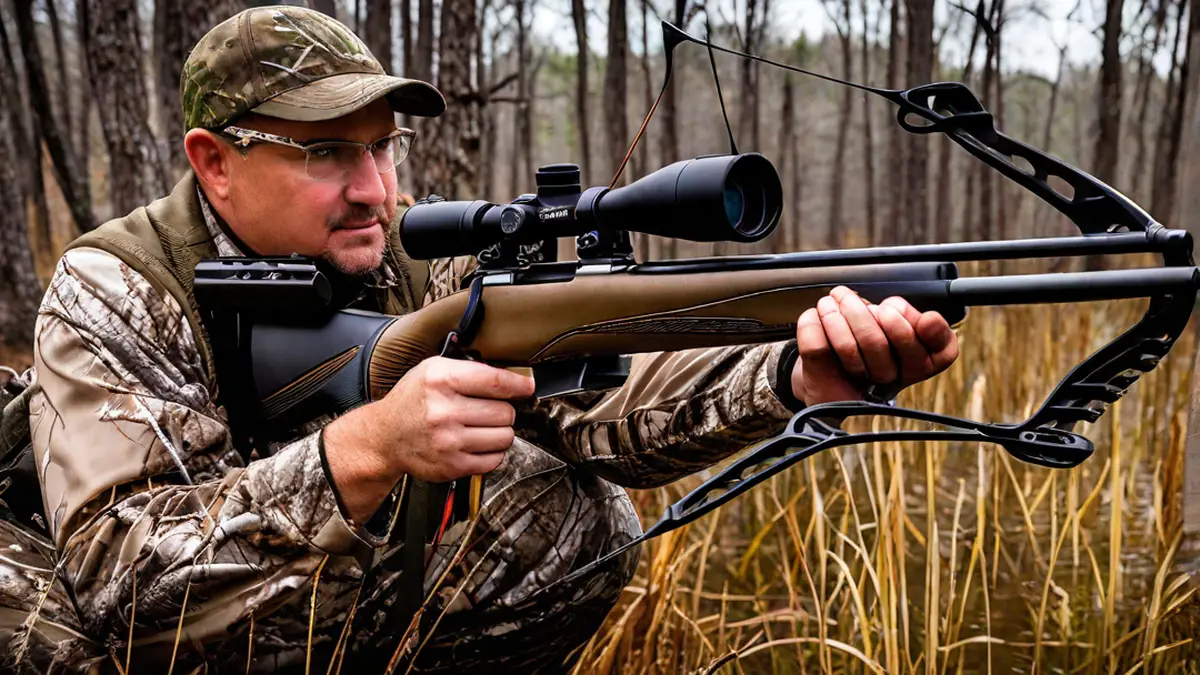When it comes to bow hunting, one of the most important factors to consider is the draw weight of your bow. The draw weight refers to the amount of force required to fully draw back the bowstring. It plays a crucial role in determining the power and effectiveness of your shot. As an avid bow hunter myself, I can attest to the importance of finding the right draw weight for a successful and ethical hunt.
Choosing the appropriate draw weight can be a bit tricky, as it depends on various factors such as your physical strength, shooting style, and the type of game you’re targeting. In general, a higher draw weight will result in a faster arrow speed and deeper penetration, making it ideal for hunting larger and tougher animals. However, it’s crucial to strike a balance to ensure accuracy and avoid fatigue during long hunting sessions.
As a rule of thumb, I recommend starting with a draw weight that you can comfortably handle without straining yourself. This will allow you to develop proper shooting form and accuracy. It’s always better to start low and gradually increase the draw weight as you gain more experience and strength. Remember, consistency and precision are key in bow hunting, so it’s important to find a draw weight that allows you to maintain control over your shots.
For those targeting smaller game such as rabbits or turkeys, a draw weight ranging from 40 to 50 pounds should be sufficient. This will provide ample power and accuracy without overkill. If you’re aiming to hunt larger game like deer or elk, you’ll want a draw weight of around 50 to 70 pounds. This range ensures enough kinetic energy to take down the animal swiftly and effectively.
It’s worth noting that specific regulations regarding minimum draw weights for certain game animals may vary depending on the region or state you’re hunting in. It’s essential to familiarize yourself with these regulations to ensure you’re in compliance with local hunting laws and ethical guidelines. Remember, as responsible hunters, we have an obligation to ensure a clean and humane kill.
Aside from the game you’re pursuing, it’s important to consider your physical capabilities. If you find yourself struggling to draw a bow with a particular weight, it’s best to lower it to avoid compromising your accuracy and potentially injuring yourself. Shooting with a draw weight that is too heavy for your abilities can lead to muscle strain, poor shooting form, and decreased accuracy.
When it comes to personal preference, there’s no one-size-fits-all answer. Each hunter has their own comfort level and shooting style. Some hunters prefer a lighter draw weight for quicker and more maneuverable shots, while others may opt for a heavier draw weight for increased power and penetration. It’s essential to experiment and find what works best for you through practice and trial and error.
In conclusion, the draw weight of your bow plays a crucial role in bow hunting. It’s important to find the right balance that allows you to shoot accurately and comfortably. Consider factors such as your physical strength, the game you’re targeting, and local hunting regulations. Remember, bow hunting is not just about taking down game, but also about respecting the animals and practicing ethical hunting techniques. Happy hunting!
